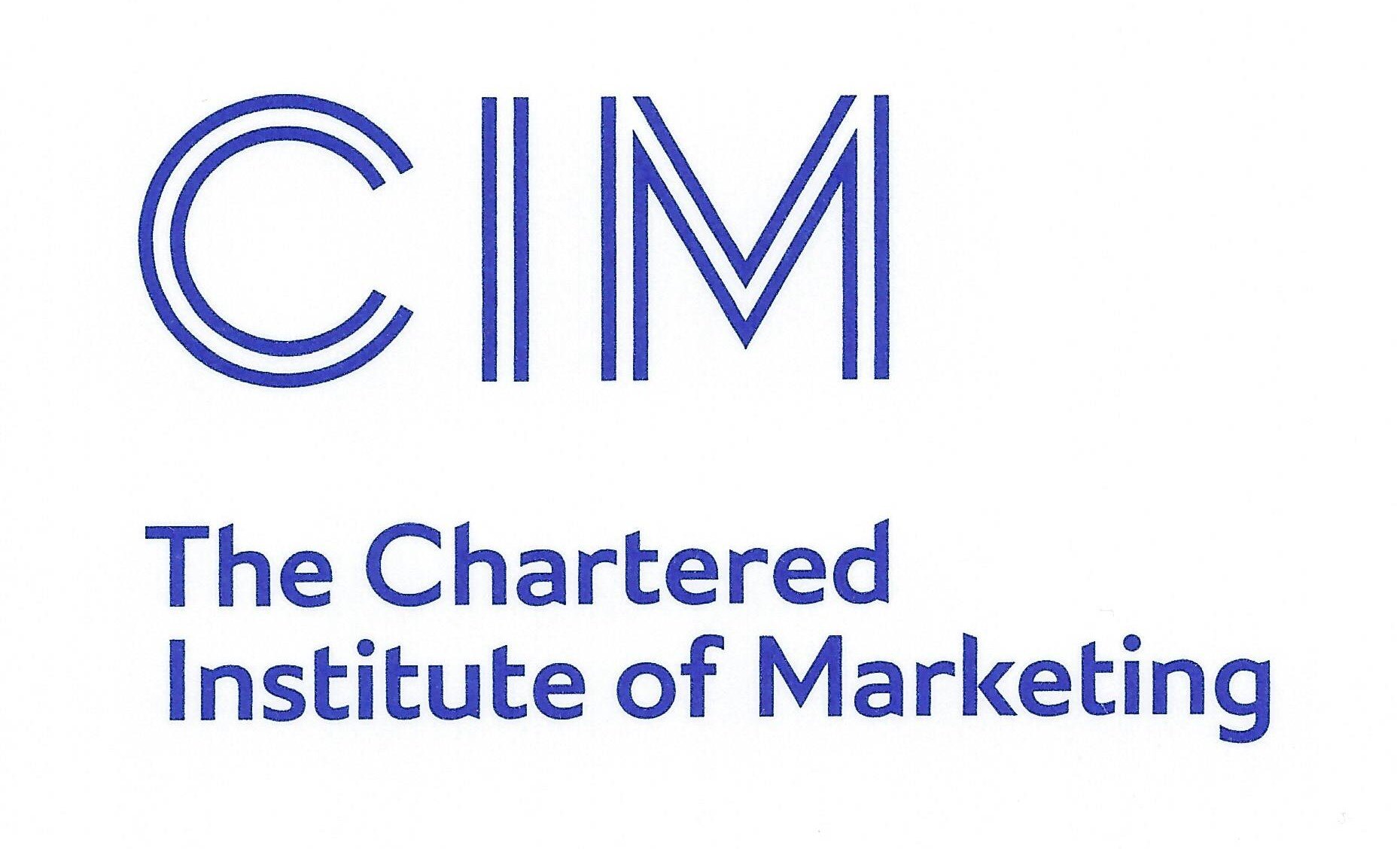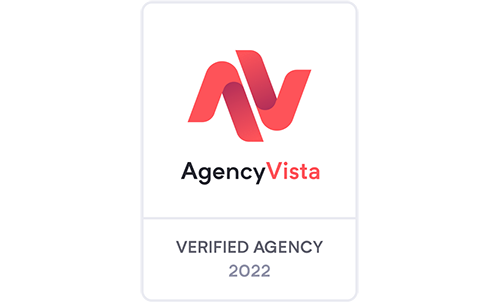If you are in charge of the online marketing of your business, you might have heard of the phrase “content marketing is king”. If you didn’t exactly get what the expression was trying to say, or if you want to find out everything about Content Marketing and how to best use this tactic to grow your business, grab a cup of coffee and… happy reading!
What is Content Marketing?
Content Marketing is a marketing technique which deals with the way businesses create and publish relevant and free content for their target audience, and is being used used for attracting new potential clients and turning the existing clients into loyal ones.
Content Marketing is many times educational, and not necessarily about the products that a business sells - but rather about the industry niche, the activities the brand is getting involved in or other topics related to the brand, explored without the active intention of “selling” . The company publishes such relevant information, so the readers trust the brand and become loyal to it.
The content should be about your audience and what they are interested in. This way you attract clients to your brand, rather than reaching them in an aggressive way through advertisements.
What is not Content Marketing?
Content Marketing is not about you - the content should be about your audience.
Content Marketing is not about your product - the content is meant to help your existing and potential clients to solve a problem, that your product might also be a good solution to
It is not about instant sales - Content Marketing is a long-term marketing strategy, which helps you gain the trust of your potential clients, and maintain the loyalty of your existing ones.
It is not about being highly creative - the content should be useful, helpful and easy to apply (in the case of written content)
What objectives can you reach through Content Marketing?
Brand Awareness - you will be discovered by the right people
Building a close relationship with the audience - capture the people’s interest and turn them into followers
Lead generation - reach and engage with people who can become your clients
Increase brand loyalty - you will keep your existing clients by increasing the satisfaction with your business
Increasing sales and profitability - you will have more sales, reducing the marketing costs
Before you say “Yes, Content Marketing is suited for me too, let me create a whole bunch of materials straight away”, we should warn you: creating high quality content is a lot of work, and it needs both patience and strategic analysis. If you’re committed to giving it a try, here are the types of Content that you can incorporate in your strategy:
Types of Content and channels for Content Marketing
Social Media Content Marketing
Social Media is the most popular platform used for pushing content towards business audiences. Depending on your target segment, you can choose between multiple platforms (such as Facebook, Instagram, YouTube, LinkedIn, Snapchat or TikTok) - while having several possibilities to create and share the content (such as pictures, articles, videos, live transmissions or stories). Every social platform is an opportunity to connect to your target audience in a different way, and the content has to be adapter for each
There are lots of ways to practice Content Marketing - and it all starts with creating a video, writing a blog or creating a graphic, so the starting point of Content Marketing would be the creation process.
2. Written Content
… is not only about blog articles. When we first hear about written content, we automatically think of blog articles - which are a useful type of content to attract potential clients to your business, by sharing relevant information to your target market. Blogs can turn readers into clients, which would increase the brand’s awareness and gain the audience’s trust.
Examples of Blog Content Marketing
Ikea Life at Home is one of IKEA’s recent campaigns which promotes the value of privacy. The campaign includes multiple forms on Content Marketing, such as video content, blog articles or a global report, regarding life at home around the world. Because IKEA believes that home is a place where you spend most of your time at, that time must be spent in a space that makes everyone feel good and safe.
On their blog, Life at Home, IKEA shares stories of people around the world who share with the readers what makes their house a place you call home. Not only blog articles, Life at Home includes short videos with the people sharing their stories, which are according to IKEA’s values and vision. This way, IKEA promotes their beliefs and gives people recommendations on how to live better. Unlike other companies, IKEA is trying to sell not only their products, but their beliefs and values through Content Marketing.
Our advice: A longer article has a higher authority in Google and is discovered faster
On Google, if an article is longer, it is considered to be better in terms of quality compared to shorter ones. Also, users seem to enjoy longer content - popular searches show that the first 10 results have an average of 2400 words or more.
If you are interested in finding out more about Marketing, we invite you to access our marketing blog, where we constantly post articles on different topics, such as Ecommerce Marketing Guides, Marketing Strategy Trends and many more.
Case studies
If you have B2B business and you want to attract new business partners, take into consideration creating Case Studies for your actual clients. They allow you to highlight the benefits of your product or service, so it allows you to create specific content for the niche that you are targeting, but also to build a long-term relationship based on trust with your potential clients and show them what your competitive advantage is.
Whitepapers
When you want to offer complex information about a certain subject from your domain of activity, you can write them down in a well-structured report. This way you can obtain the emails of people who are interested, so you also add new contacts to your database of potential clients or partners
2. Video Content
A recent study made by Hubspot says that over 50% of consumers want to see videos from the brands that they interact with. Videos can increase conversions and ROI and they help you create long-term relationships with your target audience. You can publish video content on your website, on Social Media or on your partners’ websites - this way your organic reach will increase.
3. Graphic Content
Infographics are the perfect method to present information and data statistics in an attractive way and are easy to understand. Use short sentences, graphics and simple images to communicate in an efficient way the educational content.
4. Podcasts
Podcasts have become more and more popular, because they are really accessible - they can be listened anywhere - in traffic, in public transport or at home, while you cook or while you clean around the house. At the moment, not all brands have podcasts, and the most popular categories are entertainment and education.
If you don’t have the resources at the moment to host your own podcast, but you would like to reach your public on such platforms, we suggest Spotify Marketing - audio advertisement through Spotify is one of the most efficient elements of modern integrated marketing campaigns.
How to push Content Marketing on multiple channels: Make use of Social Media
With more than 1,66 billion daily active users on Facebook, and with more than 2 billion on Youtube, it is easy to understand why so many businesses are using Social Media for Content Marketing. Depending on your target audience, you can choose between multiple platforms (such as Facebook, Instagram, YouTube, LinkedIn, Snapchat or TikTok) - while having several possibilities to create and share the content (such as pictures, articles, videos, live transmissions or stories). Every social platform is an opportunity to connect to your target audience.
Examples of Social Media Content Marketing
Starbucks’ Instagram page illustrates their values very well and even if their name is not mentioned, people figure out the products belong to them. Their products are showcased in creative ways, and there’s no need anymore to write the brand’s name on everything - the logo speaks for itself. Videos, graphics, pictures or just blogs - Starbucks uses each and every form of Content Marketing and shares them on every platform that they use and that is what every brand should be doing
Starbucks chooses to showcase their products and make use of User Generated Content, rather than highlighting their offers. Furthermore, visually speaking, the feed looks lighter, with bright colours, which suggests positivity and happiness.
Where do you start with Content Marketing?
1. Set SMART objectives and KPIs
This will enable you to effectively track performance against measurable indicators for your business.
2. Get to know your audience
To come with relevant information to your public, it is essential to know what kind of problems they are dealing with and how you can help them. Based on the given feedback, make a list of difficulties that your clients encountered with your activity domain and try to mention the topics in the content you are about to publish.
3. Decide what type of content you want to publish
Now that you set your objectives and know your target audience, the next step is to choose what kind of content you will post - it depends, of course, on the intern resources or the financial ones, in case you need a marketing agency to help you.
4. Plan your budget
Depending on what type of content you chose to share in the next period and what channels you will need, planning the budget is also an important step. Here are some important aspects that you can use:
Is it necessary to purchase a video software or a photo software, or even a camera?
Is it necessary to hire a team who will manage content marketing for you, or can you manage it in house?
5. Plan and share your content
Posting an article on your blog or a video is not enough, you must do it constantly and share them on the right channels, accordingly to your target audience. Plan a calendar at least for the first month - set the topics and the days you will be posting with your team, as well as the channels you will use for sharing them.
6. Measure the results
Analyse and measure the results every month and see if you reached your goals for the current month.
If you found this article useful, we invite you to subscribe to our newsletter as well. We will share with you twice a month an email with the latest articles published on our blog, industry news and useful tools in the marketing activity, but also ideas that you can quickly apply in the business you want to grow.
If you ever need help in content creation for your target audience, you can count on us! All you have to do is contact us at hello@marketiu.com.



















